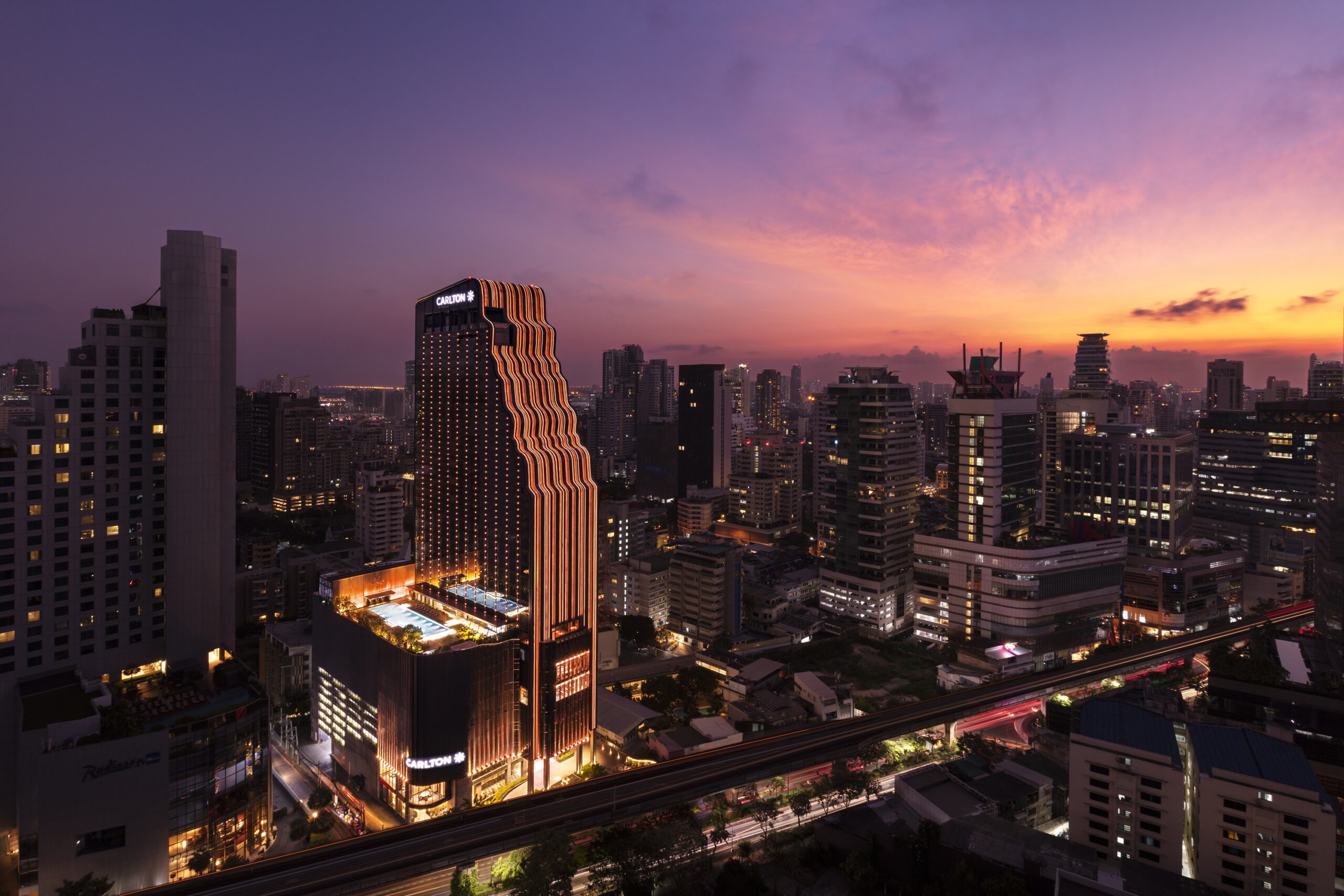Take on the adventure of discovering this magical, majestic marine world
It seems to be a patch of land in the middle of nowhere, with the vast expanse of international waters at all fronts. But its sense of isolation is the main come-on of Mabul—an island off the southeastern coast of the Malaysian state of Sabah.
Getting there is a grueling air-land-sea trip to Sabah’s capital city of Kota Kinabalu, a 45-minute connecting flight to Tawau, a 90-minute land transfer to Semporna town, and a 30-minute speedboat ride. The total travel time from Manila can take more than 12 hours, including an overnight layover in KK.
But once you’ve set foot in Mabul, you’ll realize that this proverbial tropical paradise is worth the long trip—where things appear to stand still and time seems to stop.
Grand getaway
A good portion of the island is occupied by Sipadan Mabul Resort in Mabul Island (SMART), composed of native-themed accommodations and the luxurious Water Bungalows which stand on stilts jutting out of the crystaline Celebes Sea like a floating village.
This grand getaway takes pride in its merry mix of Oriental architectural influences—Malay, Thai and the indigenous Bajau tribe—which welcomes the weary traveler.
The resort complex of bungalows, restaurants, spa, souvenir shops, and dive centers, is connected by a network of wooden boardwalks with scenic pagoda-like gazebos. Here, you can gaze at the vast expanse of the ocean which is actually just a few hours away from the Philippines’ southern frontier.
A PADI 5-Star Gold Palm Dive Resort, SMART offers a wide range of dive courses ranging from basic to technical, or introductory dives. Guests travel half the world away for the area’s vaunted marine world and scuba is an obligatory thing to do.


Exotic submergence
Located within the world’s so-called Coral Triangle, the center to three-quarters of the world’s marine biodiversity, Mabul is fringed by sandy beaches and perched on the northwest corner of a larger 200-hectare reef.
This oval-shaped 20-hectare island started as an obscure fishing village in the 1970s and has gained its recognition as a site for muck-diving or those a with limited visibility dives at shallow sites with sandy bottoms.
It is among richest destinations for exotic small marine life, such as cuttlefish, blue-ringed octopus, spike-fin gobies, frogfish and moray. Cuttlefishes, blue-ringed and mimic octopi, and bobtail squids are some of the cephalopods found here.
Mabul’s artificial house reef is the biggest of its kind in the world put nurtured over the past two decades by resort owner, golf impresario, and Sabah civic leader Robert Lo. A maze of wooden frames, crates, rockpiles and motor vehicles, it has spawned marine life and have made it a vibrant underwater thoroughfare once more. Guests are often invited to dive here to appreciate the aquatic life and pick up non-biodegradable trash that they would spot.

Just a hop away from Mabul is the tell-tale Sipadan Island Park, which was brought to the world’s attention a few decades ago by the legendary pioneer diver Jacques Cousteau.
Malaysia’s only oceanic island rising 600 meters from the ocean floor, it is habitat to more than 3,000 species of fish and hundreds of corals which were formed over thousands of years by corals growing atop an extinct volcano.
This amazing underwater world was the country’s entry for the New 7 Wonders of Nature, only to be edged out in the popular online voting which screened the finalists.
The marine park boasts about a dozen dive sites which is home to numerous aquatic wildlife such as sea turtles, hawksbill turtles, and assortment of fishes and coral gardens only found in this part of the world.
Sipadan’s resident attractions are the schools of big-eye trevallies and barracudas, which swirl like a spectacular whirlpool near the surface.
Enormous bumphead parrotfish also flock through the shallows creating a visual spectacle. Full-grown white-tip reef sharks pass by divers nonchalantly, helping you conquer your fear of these sea creatures.

Above water, you can try spotting tropical birds such as kingfishers, sea-eagles, sunbirds, starlings and wood pigeons or laze at the powdery white sand beach with under the shade of the trees.
Beyond diving
The star-rated resort also takes pride in being the birthplace of the six-year old Miss Scuba International, a unique pageant where the advocates of the world’s marine ecosystem are chosen from a bevy of beauties who have undergone at least the basic certification course.
As its way of paying it forward, SMART has been molding a new breed of global charmers who would roll up their sleeves and take part in coastal and underwater cleanups, coral propagation, and preservation of sea turtles through efficient egg hatching, which are regular activities within the resort.

When not diving, you can kayak or snorkel in the tranquil sea and admire the gin-clear water and the underwater kingdom below.

You can also wander to the other parts of the island to get a glimpse of a typical Bajau kampung (village) where there are occasional weavers of exquisite decorative mats from the Wapo tribe of Semporna.
With the natural wonders offered by the Mabul-Sipadan-Kapalai triumvirate, this area has become one of earth’s most sought-after dive safaris.
This is Mabul—a magical, magnificent and majestic marine world.

By BERNARD SUPETRAN
MABUL ISLAND
Published on January 31, 2017
This post was last updated on March 26th, 2020 at 02:56 pm









